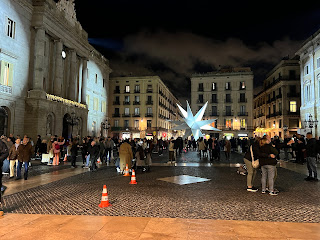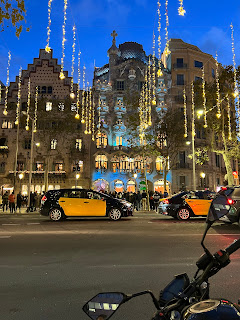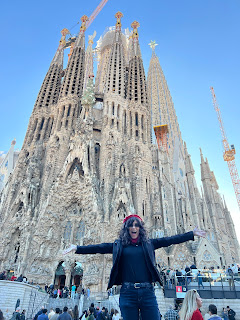A Surprising Conversation at Budapest’s Great Market Hall
During my visit to the Great Market Hall, I picked up a beautiful scarf from a vendor. I was surprised when he brought up American politics, asking about our upcoming elections. I smiled and said, “Oh, that’s a touchy subject!” At another stall, I’d just noticed some T-shirts featuring Putin and Kim Jong-un hugging Trump, a pointed reminder of global perspectives.
When I told him I was planning to vote to help preserve our democracy, he smiled and replied, “Yes, but I still don’t know who you’re voting for.” Carefully, I explained, “I’m voting for the one who respects democracy, our laws, and our Constitution. One does, and the other does not.” I was mindful of the setting, knowing Hungary’s leader promotes what he calls an “illiberal democracy,” a stance our former president admires—45 notoriously often lavishes praise on VO.
Our conversation continued, touching on democracy’s challenges worldwide. He nodded, saying, “Yes, don’t we all want to preserve it?” From there, we discussed figures like Putin, Kim Jong-un, and even leaders in Brazil and Turkey.
I’ve read that many Hungarians under 65 don’t appreciate V O’s leadership.
Under Orbán’s leadership, Hungary has witnessed a significant erosion of democratic institutions. His government has consolidated control over the judiciary, media, and education system, weakening checks and balances. This nation has fought off many oppressive regimes—the Ottomans, the Habsburgs, the Holy Roman Empire, the Nazis, and the Soviets. Now, they find themselves again under a form of authoritarian rule.





















































